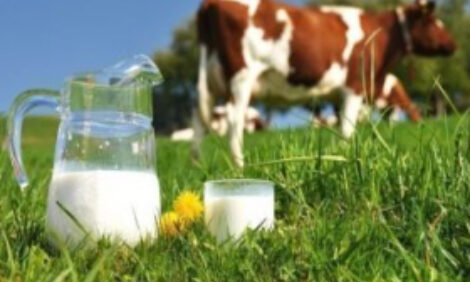



Proper hoof care can prevent foot rot in cattle
Sores on the feet can sure make a person feel miserable not to mention making it hard to walk.The same can be true of cattle when they develop foot rot in the crevasse between their toes, causing some of them to become lame according to the veterinarians at the Beef Cattle Institute, writes Kansas State University.
Speaking on the weekly Cattle Chat podcast, Kansas State University veterinarian Bob Larson explained how this condition develops.
“Foot rot is a bacterial infection that occurs between the claws of the hoof. In the summer, it can develop when cattle are standing in wet or muddy areas,” Larson said.
He added, that foot rot typically happens when the cows get a cut from a rock on the soft tissue between the hoof claws and then an infection develops in the wound.
“The organism that causes foot rot lives in the soil so it is present all the time,” Larson said.
One of the first signs of foot rot is that the impacted animal begins to walk with a limp or become lame, said veterinarian Brad White.
Larson and White agree that foot rot typically responds well to antibiotic treatment.
“A lot of times, if you see a cow that is lame and diagnose foot rot, she will be back to being sound pretty quickly after appropriate treatment,” Larson said.
White added, “Early identification of the problem and quick treatment are key as well as preventative management.”
One of the easiest ways to prevent foot rot is to manage the cattle in a clean, dry environment to minimize the mud exposure, Larson said. He also added that some producers advocate including iodine in the mineral mixes or as a feed supplement.
“With any iodine or salt feed additive it is hard to know for sure that the cow is getting the right dose so it might offer some preventative aspects, but it would not be a treatment,” Larson said.


